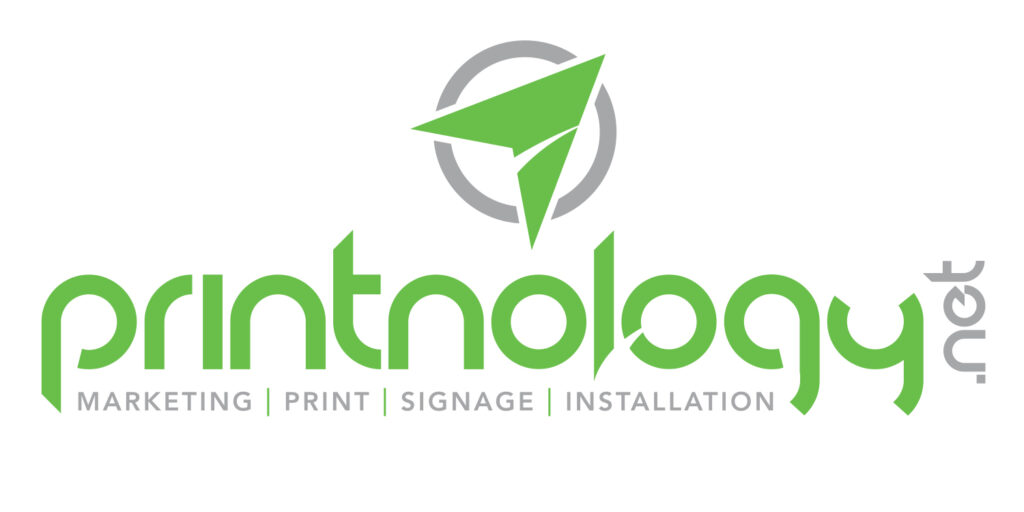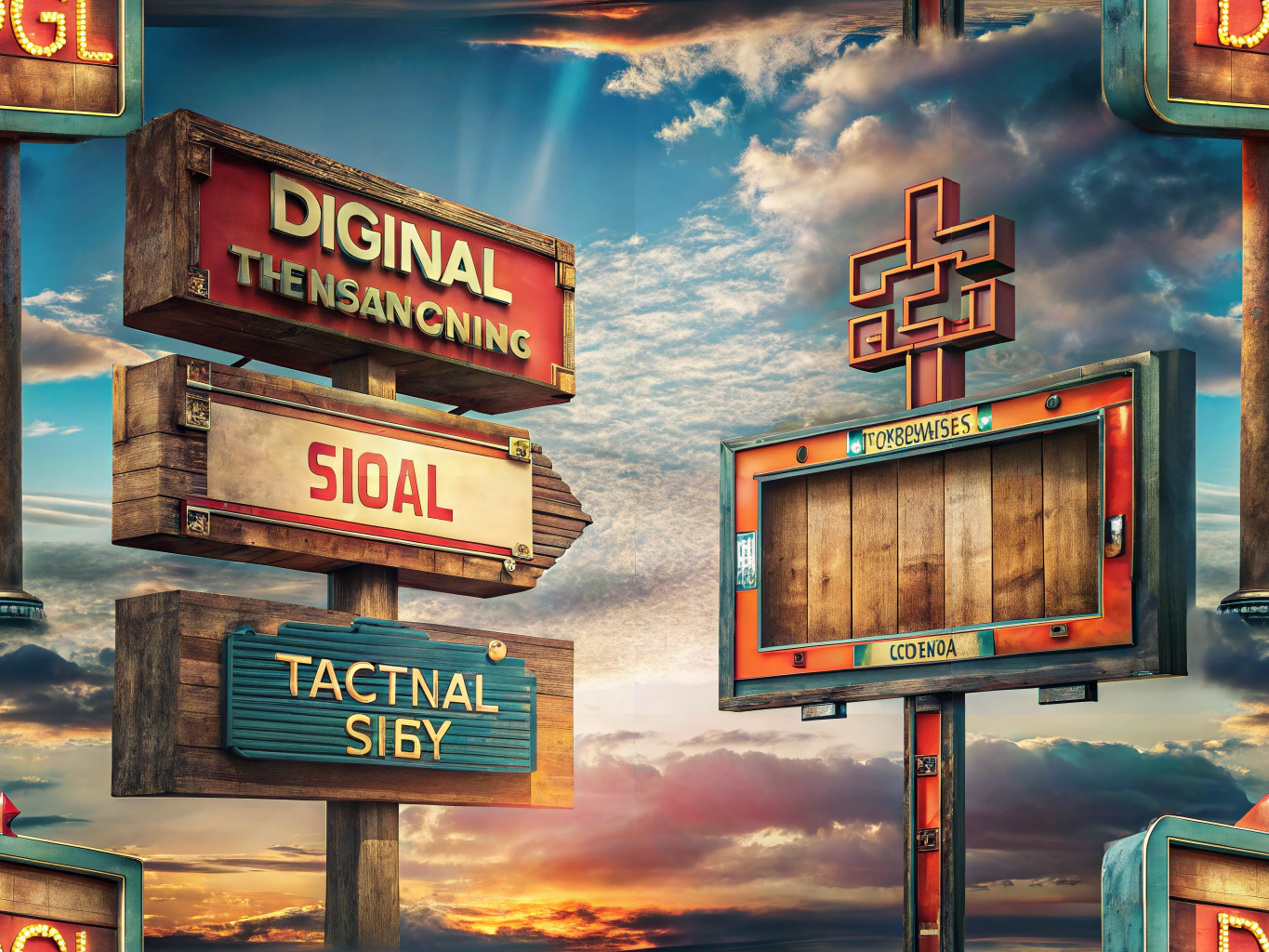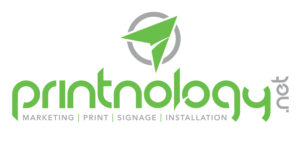Michigan’s Digital Signage Revolution: A New Era for Businesses
Imagine strolling through the bustling streets of Michigan, where digital signs are lighting up the business landscape. It’s a trend that’s catching on fast, but with it comes a swirl of questions about the cost of digital signs versus their traditional counterparts. Let’s unravel these mysteries and get to the heart of digital vs. traditional signage costs.
The Real Deal on Digital Signage Costs
Digital signage is more than just flashy screens; it’s a dynamic way to communicate with your audience. Sure, the initial outlay might seem steep, but think of it as an investment in future savings. With cutting-edge technology, installation, and maintenance in the mix, digital signage costs can be daunting at first glance. However, the magic lies in its ability to update content remotely, slashing the need for constant reprints and saving you money in the long haul.
Traditional Signage: The Hidden Costs
For years, traditional signage—think billboards and posters—has been the go-to for businesses. The costs here are tied to materials like vinyl and metal, plus the ongoing upkeep to keep them looking fresh. While the upfront costs might seem friendlier than digital signage, the frequent need for updates and replacements can quietly inflate expenses over time.
Busting the Myth: Are Digital Signs Really Pricier?
There’s a persistent myth that digital signs are a budget-buster compared to traditional ones. This misconception often arises from focusing solely on the initial price tag, ignoring the long-term perks. In truth, digital signage can be a savvy financial move, thanks to lower maintenance costs and the ease of content updates. Numerous studies and real-world examples from businesses that have embraced digital signage back this up.
Digital vs. Traditional: A Cost Comparison That Matters
When you pit digital against traditional signage, context is key. Take, for example, a Michigan eatery that swapped out static menus for digital ones and saw a 20% sales boost. Such stories underscore the potential cost benefits of digital signage, which can outweigh the initial investment as time goes on.
The Cost Benefits of Going Digital
Digital signage isn’t just about saving money; it’s about boosting engagement and sales. Its dynamic nature lets businesses tailor messages to specific audiences, making advertising more effective. Plus, the flexibility to update content swiftly means fewer costly reprints and installations.
Crunching the Numbers: Digital Signage Cost Analysis
Dive into the return on investment (ROI) of digital signage, and you’ll find a treasure trove of long-term financial gains. Businesses that go digital often see reduced operational costs and a bump in revenue. The ability to swiftly adapt to market shifts and customer preferences only adds to the allure of digital signage.
Dispelling Signage Cost Myths
Clearing up the fog around digital signage costs is crucial. Industry experts stress the importance of weighing both the initial investment and the long-term savings when choosing signage options. By grasping the true costs and benefits, businesses can make savvy decisions that align with their financial goals.
Embracing the Digital Signage Future
In the end, while digital signage might demand a heftier upfront investment, its long-term cost benefits and enhanced engagement capabilities make it a smart choice for businesses. We urge local enterprises to explore digital signage options and tap into available resources for more insights. Embracing digital signage can transform customer experiences and boost profitability, lighting the way to a brighter business future.












Leave A Comment